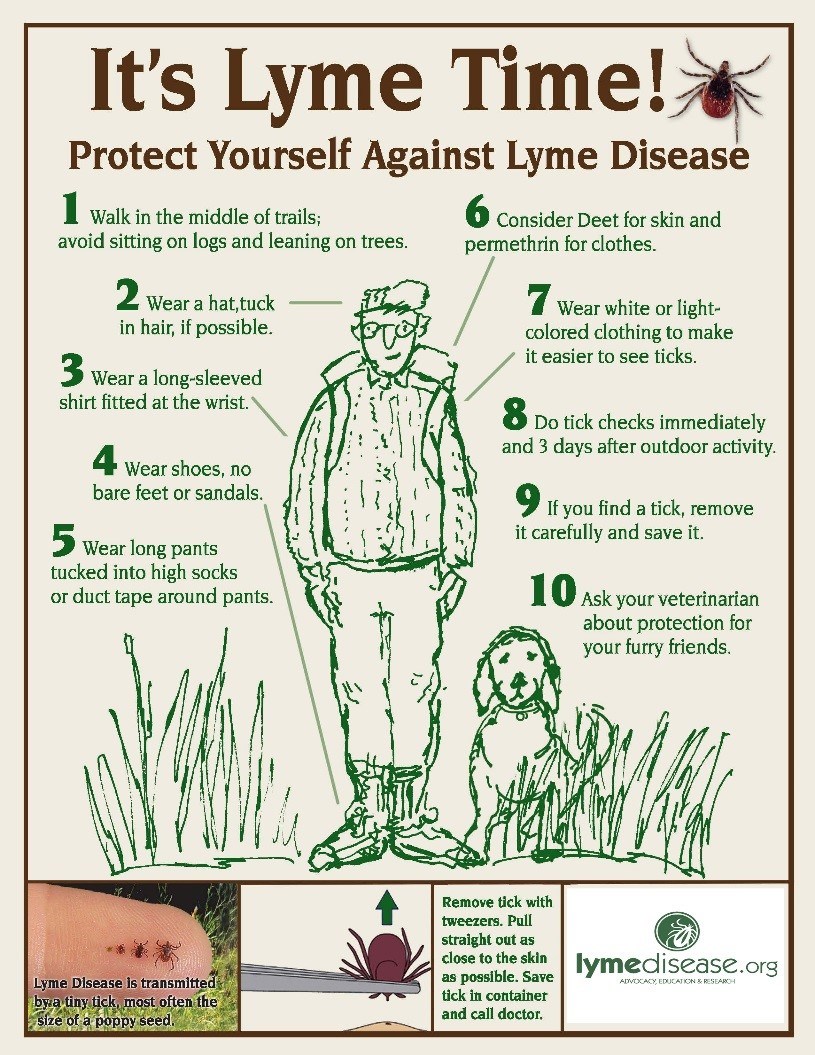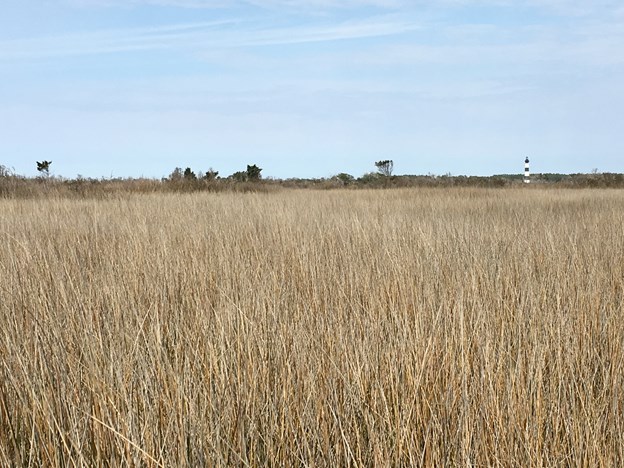Last updated: November 17, 2025
Article
SECN Highlights May 2018

Monroe Area High School Students Help with Network Website
Students from Monroe Area High School's Advanced Placement Environmental Science class helped the Southeast Coast Network re-write text for the new website. The students, pictured below, are taught by Ms. Haley Nagle. For more information on this outreach project, see the article here.
NPS Photo / Wendy Wright

Graphic from https://www.lymedisease.org
Tick Safety
Tick prevention tips from Southeast Coast Network's Safety Officer Eric Starkey.
Spring and summer tick season is upon us so please remember to be cautious and prevent bites and illnesses. Our work often takes us to wooded and brushy areas. The following tips will minimize tick encounters:
- Avoid tick prevalent areas when possible.
- Use 20% Deet or similar repellents that are active for several hours.
- Tuck in your shirt tail and pant legs.
When you leave a tick habitat, remember to check for ticks, and remove any you find from your body. Remove embedded ticks using fine-tipped tweezers or a tick removal tool. Pull up with even pressure to ensure removal of the head and mouth. Timely tick removal helps prevent illnesses.
If you get a tick bite at work you should report the tick bite to your supervisor immediately, but do not submit a CA-1 injury or CA-2 illness report. Your supervisor should:
- Record the tick bite in a local tick log; or
- Submit an accident report into SMIS for historical reference. Make sure the SMIS report is marked first aid / Non-OSHA Recordable.
For more information see: https://www.cdc.gov/ticks/avoid/on_people.html, https://www.lymedisease.org/lyme-basics/ticks/personal-protection/
NPS SER Risk Management Site: https://sites.google.com/a/contractor.nps.gov/ser-risk-management-site/home

NPS photo / Lisa Baron
